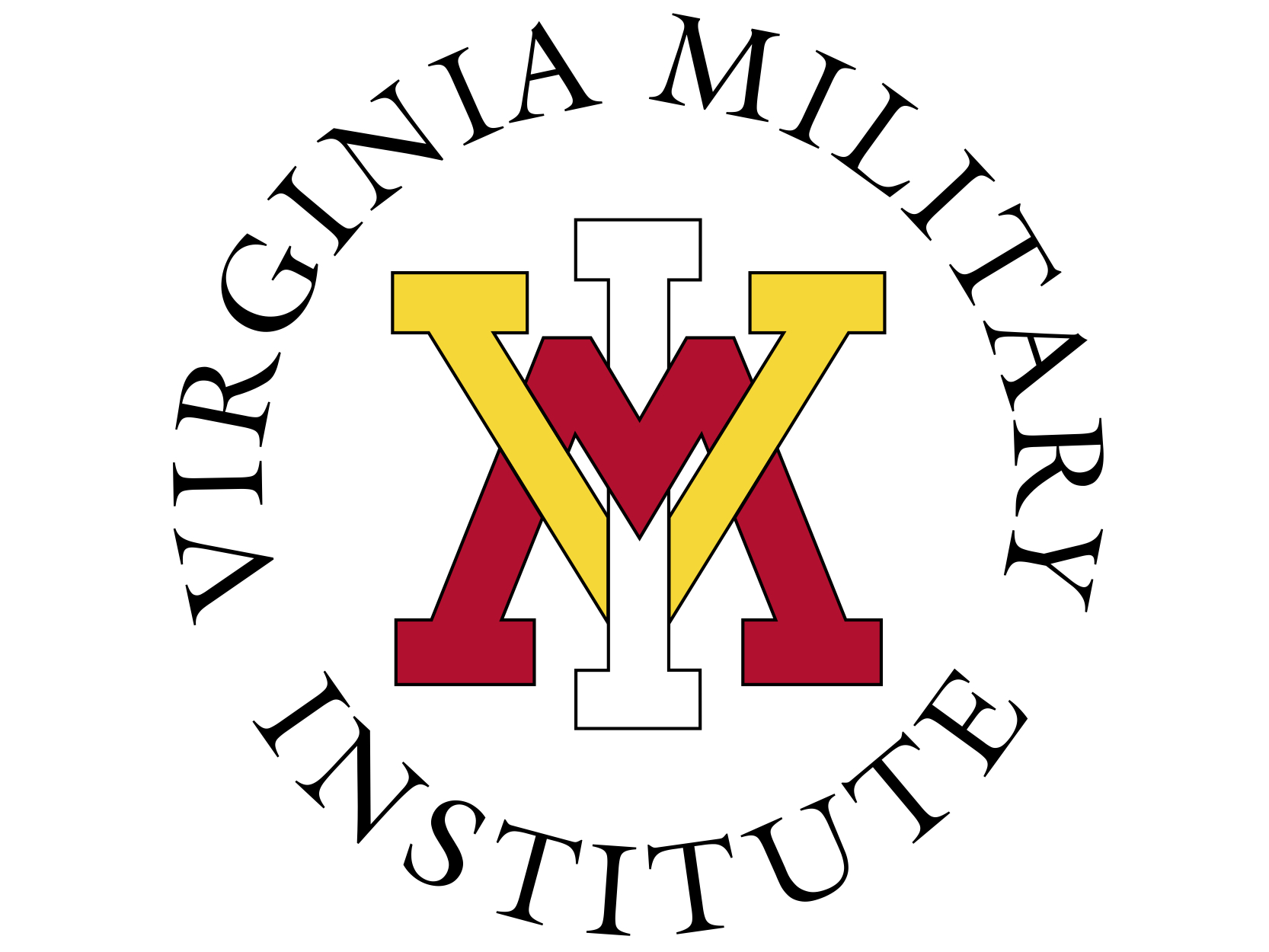The season of job applications is quickly approaching. Whether you’re a 1st classman ready to leave VMI in the spring and find your first job, or a 4th classman looking for a summer internship, being able to write an effective cover letter is a skill to practice and craft before you start the application process.
Much like a traditional essay, cover letters have an inherent structure to them. This structure will not only make writing easier for you, but it will also provide clarity for the reader. The cover letter is a chance to show a bit of your personality that might not be conveyed in your resume. This is also a chance for you to show that you’ve done your research on the company/position for which you’re applying. It is a chance for you, the potential employee, to highlight how your unique skill set will best serve your potential employer. A well-written letter can move your application to the top of the stack while a poorly written letter comes across as unprofessional and uninterested. The first impression you make on a potential employer is not to be wasted due to a poorly written cover letter.
The structure of the actual letter should have the following sections: Introduction, Body Paragraphs, Conclusion. Each section should be 1-2 paragraphs.
Introduction:
- Identify the specific position you’re applying for. Employers can tell if you’re using a copy/pasted cover letter if there is no specific mention of the job you want. Make a good first impression by doing your research.
- Summarize the specific skills you have that make you well-suited for the position. You’ll go in to more detail in the body paragraphs.
- Express your desire to work for the company. Enthusiasm goes a long way!
Body Paragraphs:
- Identify your skills that make you uniquely qualified for your position.
- Give relevant skills, specific education, or experience that are customized for this particular position. Use keywords from the job description to highlight your qualifications.
- Identify any transferrable skills from previous experiences that would make you a superior candidate.
Conclusion:
- Strongly restate your passion and enthusiasm for the company, position, and relevant industry.
- Refer to any enclosed material (resume, letters of recommendation, etc.).
- Thank the reader for their time.
After you’ve completed a draft of your cover letter, make sure to proof read, proof read, proof read. It’s always a good idea to make an appointment with the Writing Center before you submit your application, as well. Tutors are available to help at any stage of the cover letter writing process.


